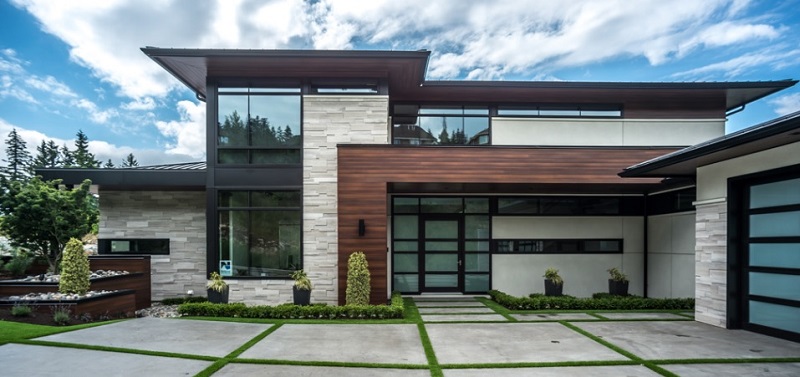No construction project would be complete without the final application of some high-quality, durable cladding. Cladding, the application of one material over another to provide a protective sheet, is often used in construction as a means of preventing water from entering the structure, to protect the interior structure from wind and harsh UV rays, or just to make the project look pretty. Although there are a variety of cladding materials available on the contemporary market, nothing quite provides the same level of protection as aluminium cladding does.

Aluminium
Aluminium, many years ago, was considered a precious metal more valuable than gold. It was so rare in the earth’s crust that monarchs would add slivers of aluminium to their crowns and royal jewellery, and the idea of using aluminium on an industrial scale would have been laughed out of the royal court. Today, however, industrial refining processes and our enhanced capacity to mine the earth, both terrestrially and aquatically, has vastly increased the availability of aluminium. It is now one of the most widely used metals around the world. You probably have a few aluminium appliances and items around your home. Empty cans of soft drink, some cooking appliances, buttons and cars are made of aluminium, and that’s just the tip of the iceberg.
Aluminium is highly sought after for a number of reasons. It’s extremely durable and resistant to oxidisation and corrosion, which is why it’s commonly used to house otherwise corrosive carbonated drinks and to protect cars from the elements. Aluminium also retains its sheen after years of use, and is easy to paint or polish in the event that it loses some of its lustre. Critically, aluminium is waterproof, and the combination of these properties makes aluminium cladding systems the obvious choice for the finishing stage of any construction project.
Cladding Systems
Outdoor construction projects are under an enormous amount of strain and stress, even after completion. Although buildings are seldom made from fragile materials, the constant wear and tear of changes in the weather and climate can wreak havoc on otherwise sound structures. Imagine the damage a few days of rain could do to an unprotected sign scaffold, or any other non-waterproof structure. Seeping, penetrating water can cause rot, rust and other weakening maladies within a structure that you may not notice until it’s too late. That’s why high-quality cladding is so important.
Aluminium wall cladding panels use the same principle as the plate armour used by medieval knights to protect structures against the onslaught of the elements. Aluminium is extremely durable, and will remain waterproof in the face of enormous pressure and repeated exposure to rain, snow and sleet. As a metal, it expands and retracts with the heat and cold, respectively, and is therefore not subject to the destabilising cracks and weals that can form in untreated timber cladding. Aluminium is also easy to paint, as its flat surface provides an ideal canvas for you to apply a design or simple coating. Aluminium cladding is the obvious answer to any outdoor cladding question or enquiry.

